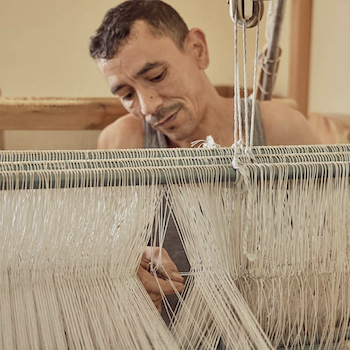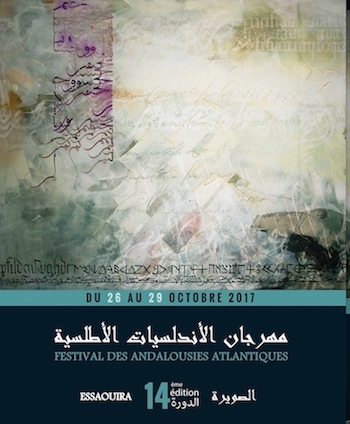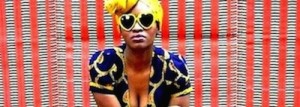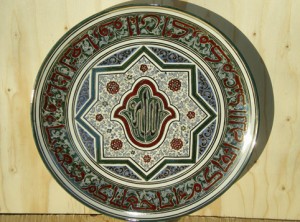Exploring Tameslouht’s Moroccan Handicrafts, Weavers and Embroiderers
Morocco is famous for its artisan handicrafts and as you wander the streets of any Moroccan medina (old city), you will see stunning examples of local leatherwork, carpets, tasseled baskets, and blankets, soft furnishings, babouche slippers, carved wood and much, much more. Moroccan style, textiles, and handicrafts have influenced major…





